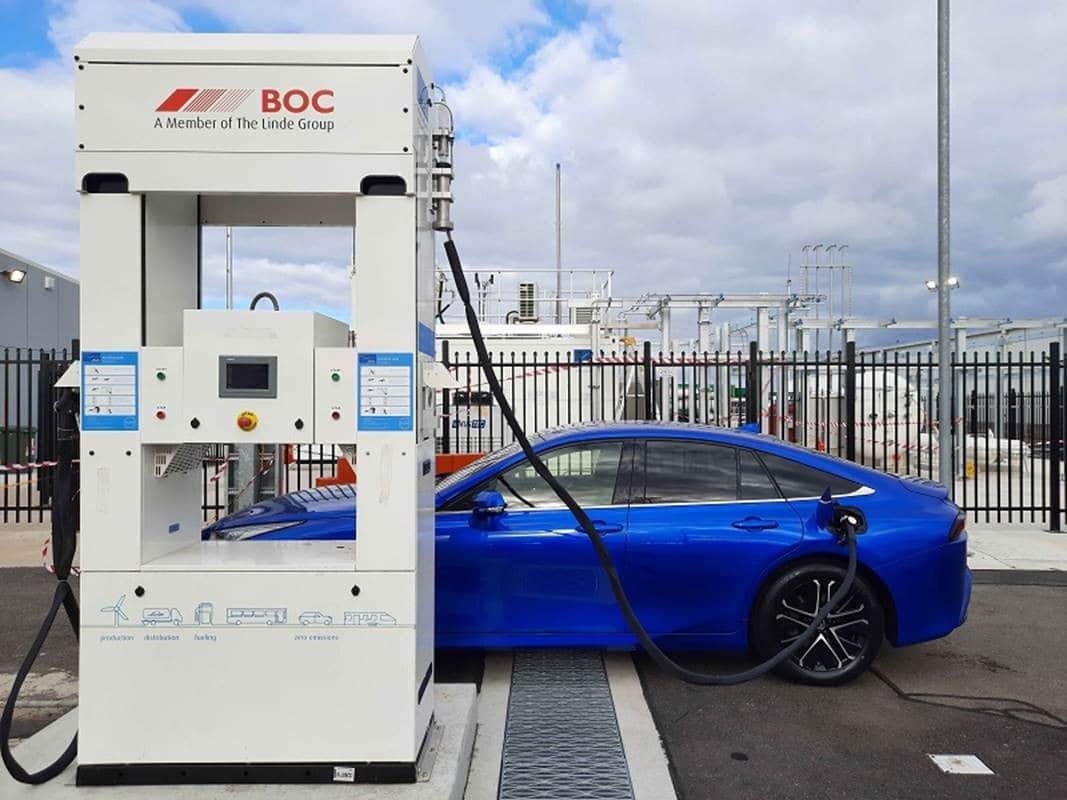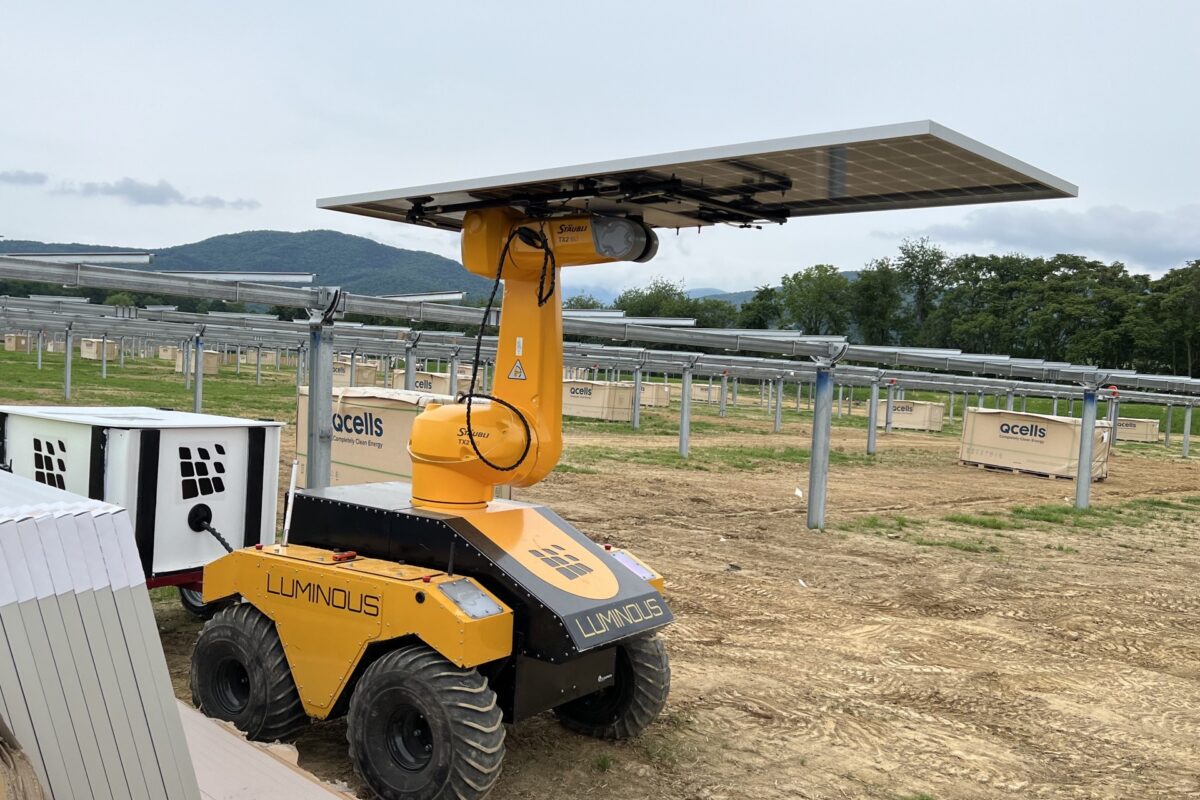Yet again, Australian state governments have opted to go it alone on climate change strategies after the Morrison federal government neglected to meet the moment spurred by Biden’s Climate Summit held in April.
On the weekend, Victoria unveiled its long awaited Climate Change Strategy, which includes a $3,000 subsidy for all new zero emissions vehicles which cost less than $69,000. It also announced that its government operations, from schools and hospitals to police stations and metro trains, will be powered with 100% renewable electricity by 2025 – an Australian first.
The state government has pledged $20 million for reducing emissions in the agricultural sector and committed a further $15.3 million for the Victorian Carbon Farming Program, which it says will help farmers store more carbon in shelterbelt trees and engage in agroforestry.
2030 targets
The state has essentially set three 50% targets for 2030, most notably to halve carbon emissions. It has also set a target of 50% of car sales to be net-zero vehicles and for renewables to generate half of the electricity in its grid.
Victoria described its targets as “ambitious, but achievable.”
In the nearer term, the state is seeking to cut emissions by between 28% and 33% by 2025.
“This strategy will keep Victoria on track to meet our target of net zero emissions by 2050, while also seizing the opportunities of climate action – advancing technology, investing in new industries and creating Victorian jobs,” the government said in a statement.
Electric and fuel cell vehicle subsidies
Transport is currently the second-largest and fastest-growing source of emissions in Victoria. Clearly hoping to address this, the state government has committed more than $100 million to transform the sector, offering up to $3,000 to Victorians who buy zero-emissions vehicles (ZEVs).
This includes both electric vehicles as well as hydrogen fuel cell vehicles. Australia’s automotive market currently doesn’t have any hydrogen fuel cells cars for public sale, but the Australian Hydrogen Council said it hopes the subsidy will help change this.
With the subsidy largely aimed at EVs, funds for additional charging infrastructure is also included in the plan, with the government set to add at least 50 charging points to the existing network of 24 sites. It plans to target major highways and locations across Melbourne city.
“Knowing that more charging infrastructure is on the way sends the right message to potential buyers, and renewable energy will play a crucial role to support the roll out of electric vehicles and to enable a zero-emission electric vehicle fleet,” Clean Energy Council Chief Executive, Kane Thornton, said of the plan.
The government wants half of all new car sales in Victoria to be ZEVs by 2030.
The move stands in stark contrast to the Victorian government’s much-criticised electric vehicle road tax, which in April was called the “worst EV policy in the world” in an open letter signed by 25 companies and organisations.
Renewably powered government operations
Within the next five years, Victorian schools, hospitals, police and train stations will all be powered by 100% renewable energy. The commitment is the first of its kind in Australia and will presumably be negotiated largely by Power Purchasing Agreements (PPAs) with renewable projects.
The Clean Energy Council’s Kane Thornton welcomed the move. “Reducing emissions through all government operations will be key in reaching emissions reduction targets and encouraging further investment in clean energy infrastructure,” he said.
He added that the strategy sends the right message to the renewable industry and builds on previous commitments.
Targets still falling short of primary global goal – keeping warming below 1.5°C
While Victoria’s government is adamant that the plan is world leading, a number of experts have pointed out that it is not enough to keep global warming below the agree Paris target of 1.5°C.
“By announcing targets of 45-50% by 2030, Victoria has almost matched the recent US pledge of 50-52%, but the science is clear we need to act much faster. Judged against what we need to do to stop the climate crisis, these targets fall far short,” Environment Victoria CEO Jono La Nauze said.
This content is protected by copyright and may not be reused. If you want to cooperate with us and would like to reuse some of our content, please contact: editors@pv-magazine.com.









By submitting this form you agree to pv magazine using your data for the purposes of publishing your comment.
Your personal data will only be disclosed or otherwise transmitted to third parties for the purposes of spam filtering or if this is necessary for technical maintenance of the website. Any other transfer to third parties will not take place unless this is justified on the basis of applicable data protection regulations or if pv magazine is legally obliged to do so.
You may revoke this consent at any time with effect for the future, in which case your personal data will be deleted immediately. Otherwise, your data will be deleted if pv magazine has processed your request or the purpose of data storage is fulfilled.
Further information on data privacy can be found in our Data Protection Policy.